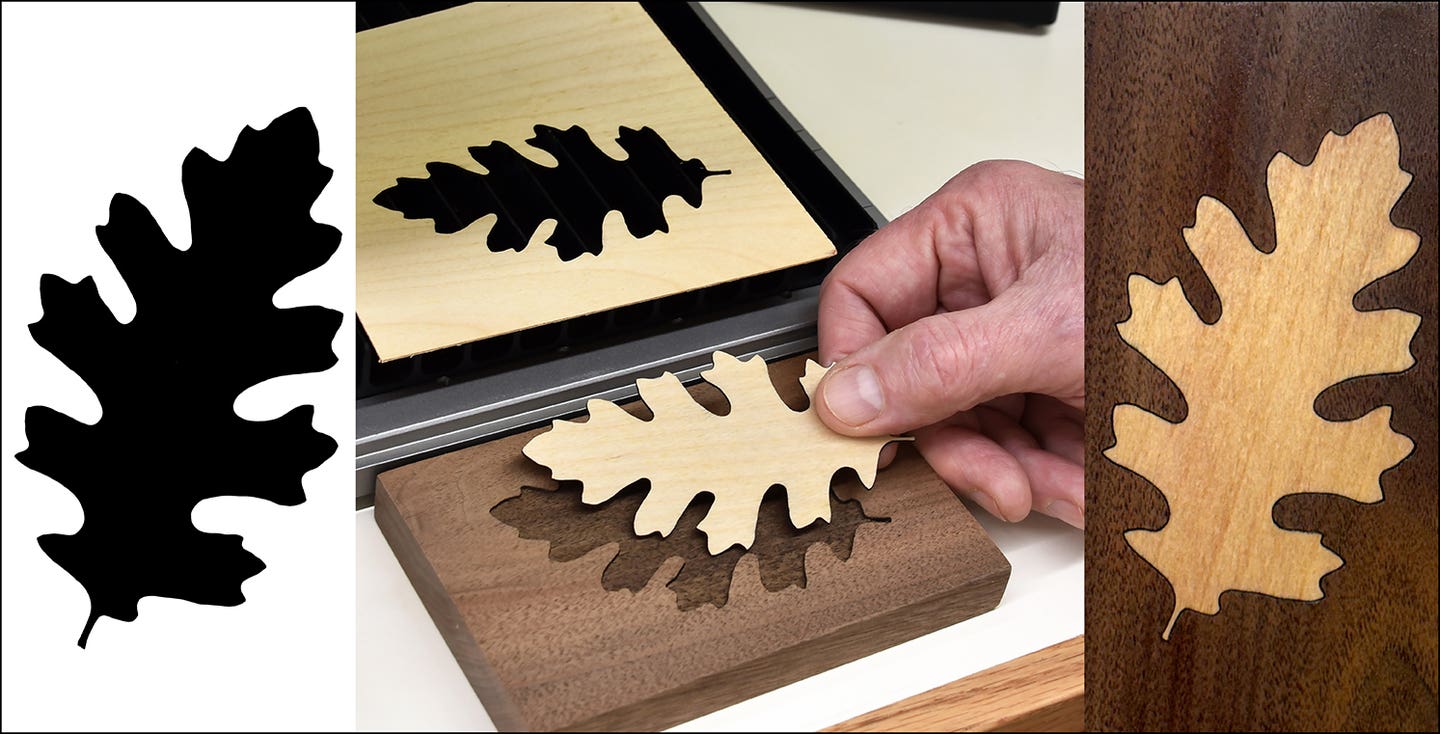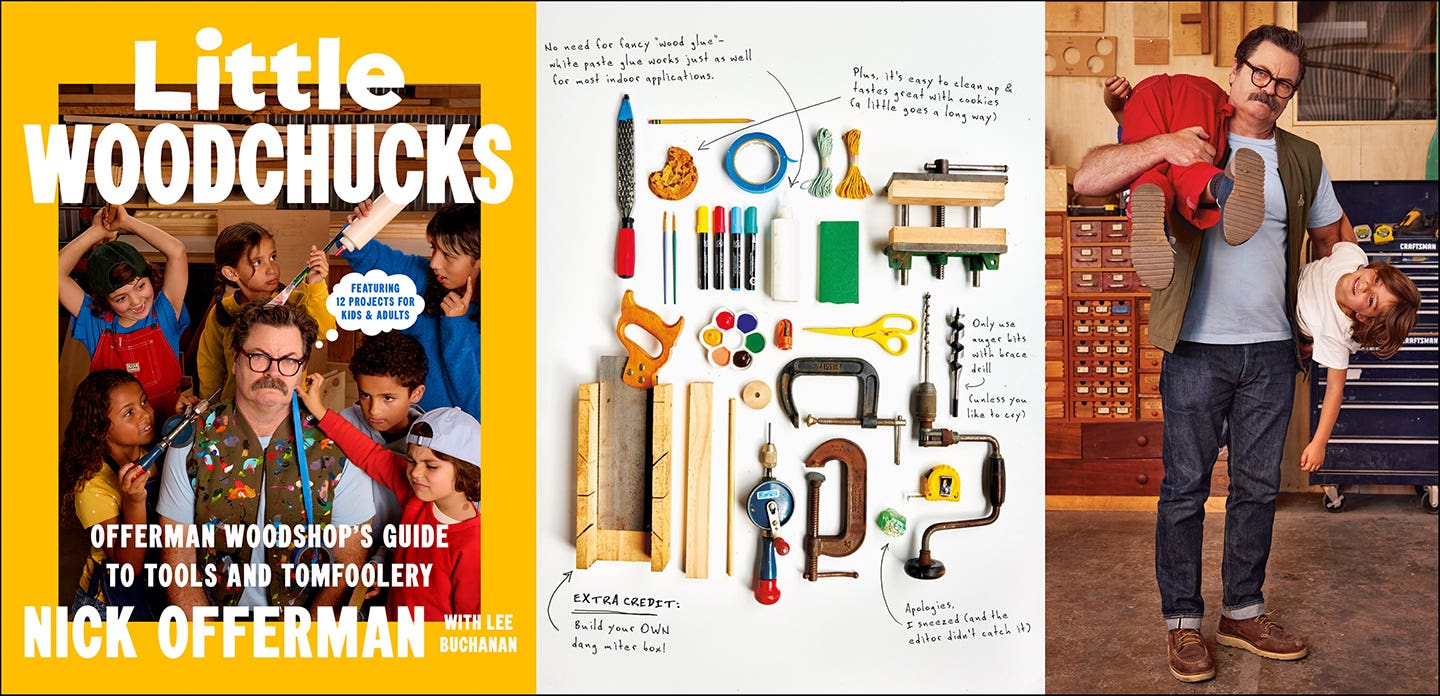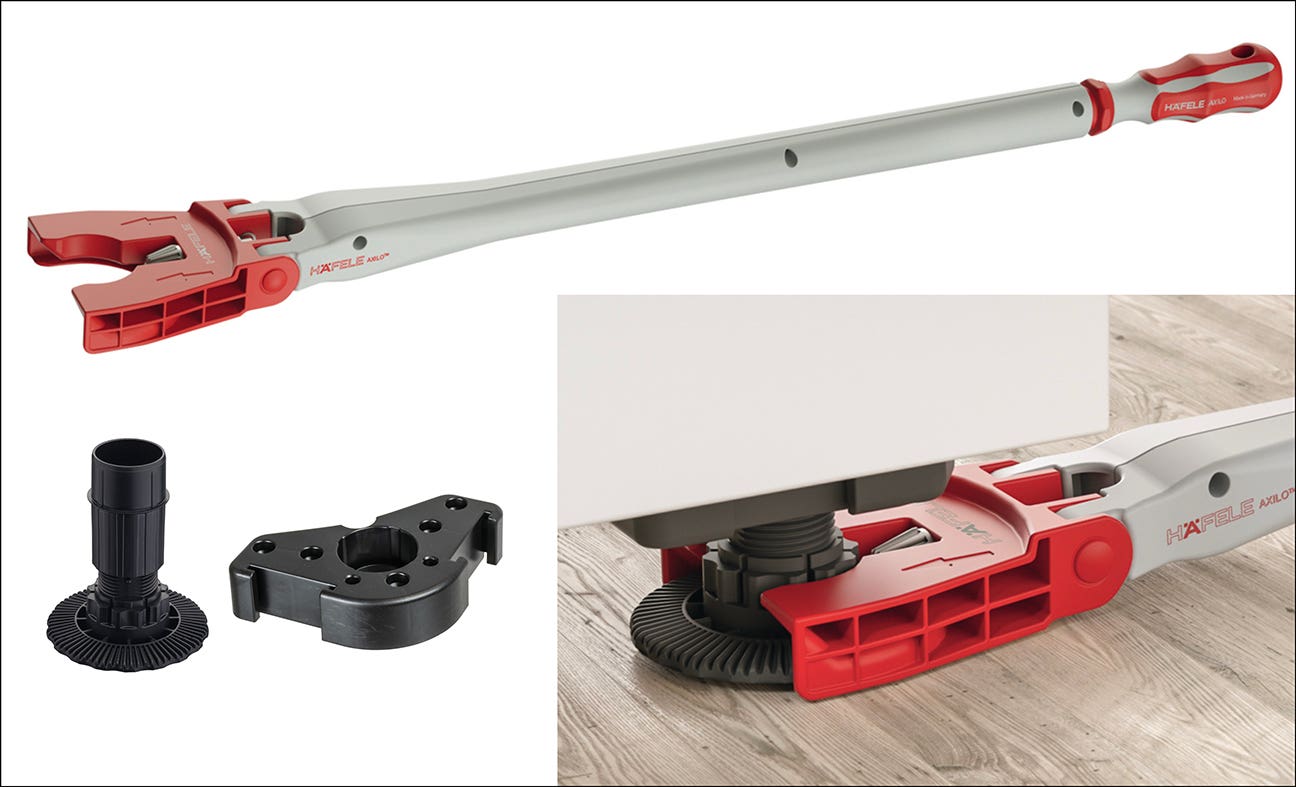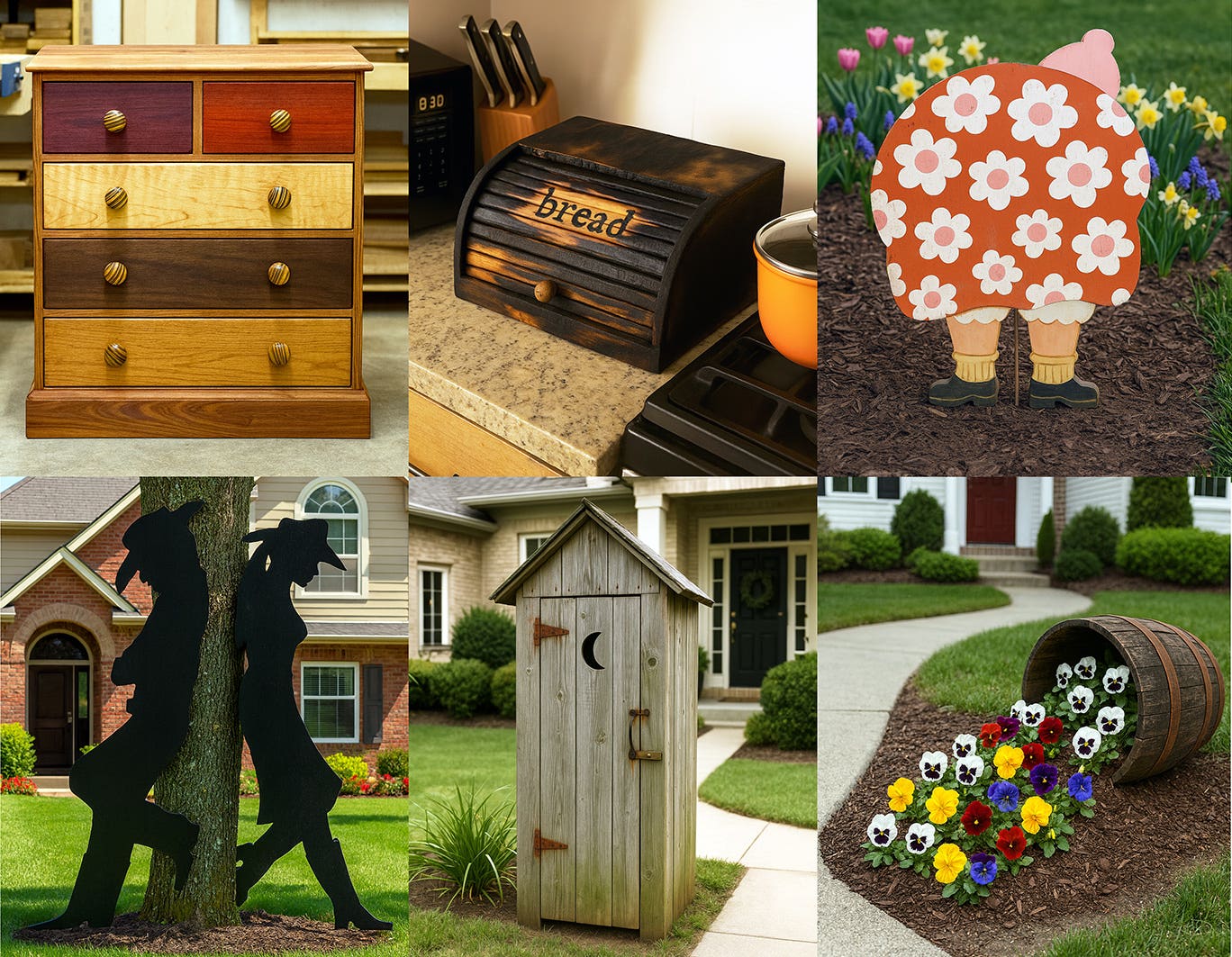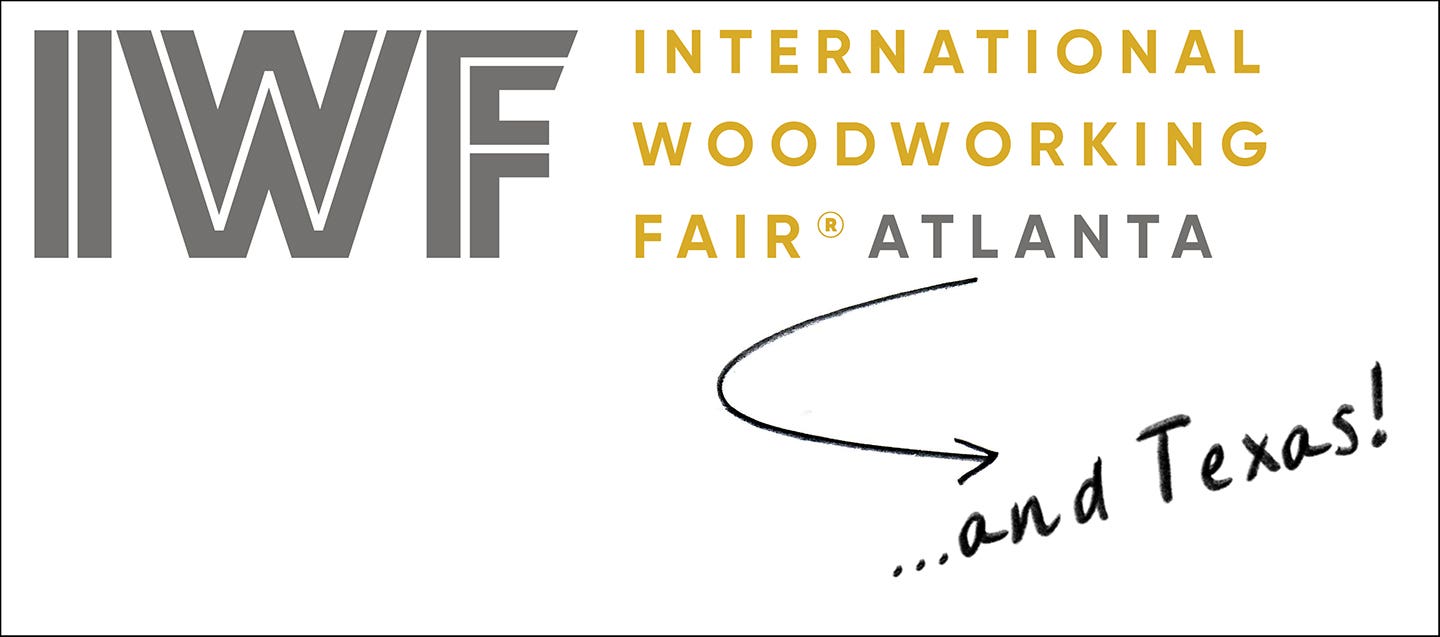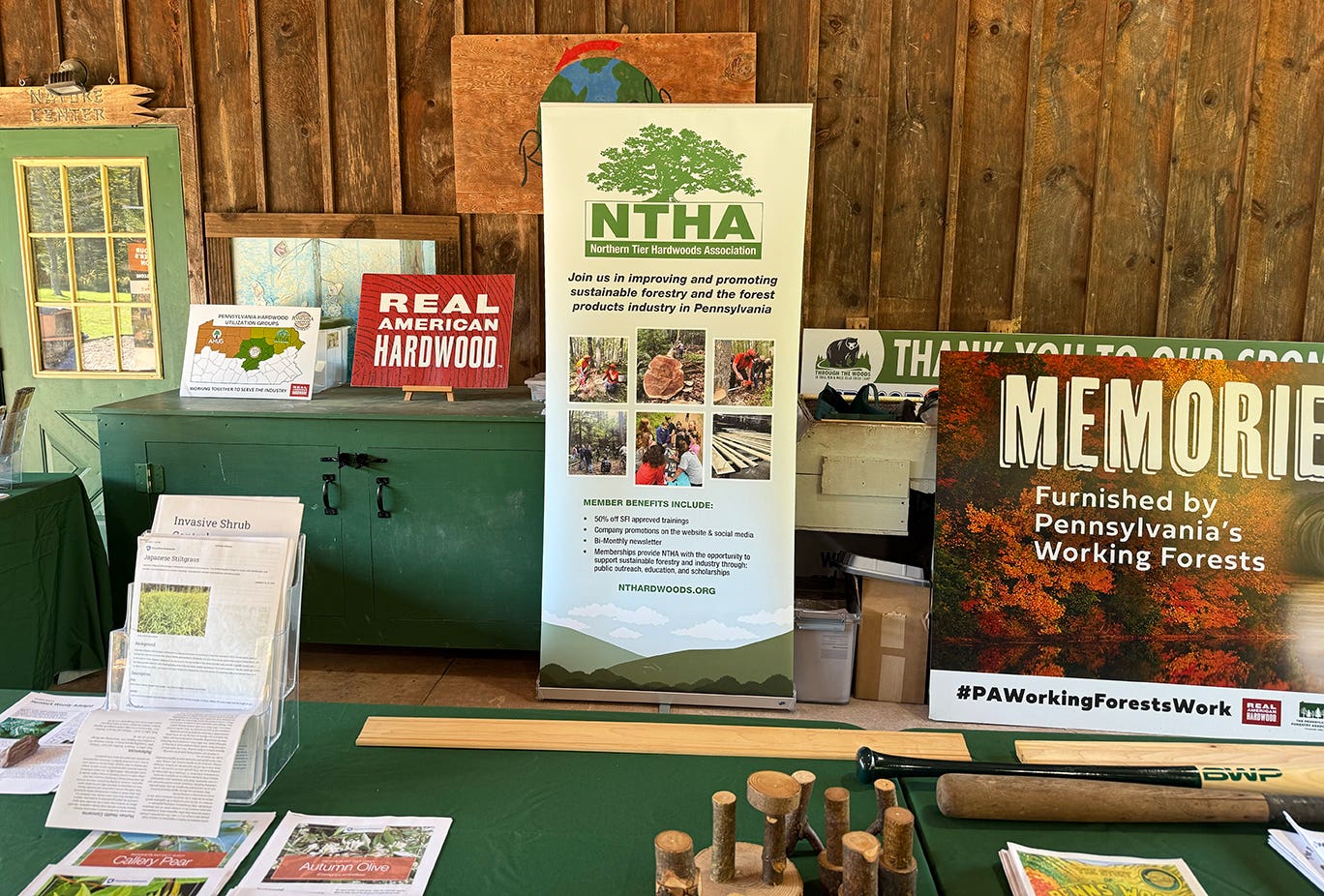Gate keepers, take two
Last week we were talking about “gate keepers” and how they can affect your business. We were mostly looking at contractors but gate keepers can also be designers, architects or…
Last week we were talking about "gate keepers" and how they can affect your business. We were mostly looking at contractors but gate keepers can also be designers, architects or even a friend who has the confidence of the client. How we deal with these people depends a lot on what their motivations are.
If the intent is to truly look out for the clients best interests, the relationship can be a very productive one. But, more often than not, there is "more there than what meets the eye". The most common problem turns out to be a simple issue of ego. Whoever the gate keeper is, they are in a position of power. They can influence the client's decisions in ever area of the job including who to hire. And if the gate keeper has "favorites, it becomes more difficult to get the job in the first place. If you do manage to get the job "in spite" of the gate keeper, you may end up wishing you hadn't.
Here's an example: I had been given the job of building a table designed by an architect for a client. It was made of three different woods - cherry, maple and walnut. So contrast was not only a non issue, it seemed to me to be the order of the day. The architect had a friend who was a woodworker but we had done two other projects for this client and they really wanted us to make the table. When the architect came to look at the finished piece he got very upset because two of the pieces of walnut were of different tones. We had a somewhat lengthy discussion that ended with the decision to let the client make the call. When the guy came back to the shop he was literally dragging the client by the arm, pointing to the table and saying "See how bad that looks? It's terrible isn't it?" Of course the client had never been given the chance to form an objective opinion and we had no option at that point but to remake the table.
One of the most important things to look out for when working with a go between like this is how any payments to that person are made. Many times, the gate keeper is expecting to make money on most if not all aspects of a project. If this is accomplished in an above board manner, in the form of a "finder's fee" or a "commission" or some other legitimate form of mark-up, it can be perfectly fine. After all, everyone had to make some money right? But this can also be done in a manner that can put you outside the law or at least outside the bounds of ethical behavior.
Another example: We had a job building a kitchen through a designer who wanted a 30 percent markup on the cabinets. Actually this designer was putting a 30 percent markup on everything. That's a pretty big markup, but not unheard of, and the designer took it upon herself to sell the marked up price to the customer. We had done several jobs for this designer and they had all worked out pretty well. But what we didn't realize was that the client was unaware of this arrangement and was being led to believe that the designer was simply passing along bids. The designer was billing the client for her hours and letting her think that this was her only payment. At the same time that she was telling the client that she could not afford granite counter tops and would have to settle for something less expensive, she was pocketing 30 percent of the total job cost "under the table". Because we were not clued in and assumed that the client was aware that we were paying the designer a 30 percent commission, we ended up being deemed to be in collusion with the designer in an attempt to defraud the client by paying kickbacks to the designer. Obviously, the cat got out of the bag at some point and the client's husband turned out to be a high powered lawyer, so we barely got out of that in one piece. Needless to say, we didn't do any more jobs for that designer.
D.D.
David DeCristoforo possesses an extensive resume as designer/maker of fine furniture, high-end cabinetry and architectural woodwork. His experience in professional woodworking spans a period of 35 years. For the past 20 years David DeCristoforo Design has been located in Woodland, California. During this time David's shop has ranged in scope from a "full on" cabinet production shop with as many as 15 employees to a small fine furniture and custom millwork shop, working with his son, David RBJ, a highly skilled maker in his own right.


